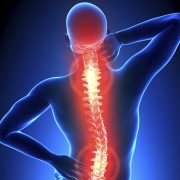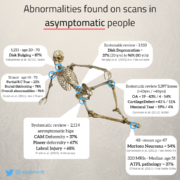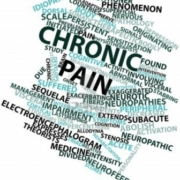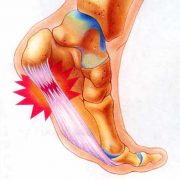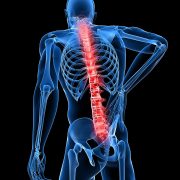Lower Back Pain When Walking or Running
Lower Back Pain When Walking or Running
As Physiotherapists a regular complaint by patients is the experience of increasing lower back pain when walking or running. There is a common misconception that because we are undertaking exercises this should not lead to pain, it should be helpful shouldn’t it? To find out the answers to these questions and more keep reading below.
Why do some people experience lower back pain when walking or running?
The most common reason that lower back pain is felt when walking or running is due to positioning of your pelvis and your lower lumbar vertebrae during these activities. Your lumbar vertebral column has a natural curve in it called a lumbar lordosis. This is what gives your lower back its arched posture. If you stand side on to a mirror you can view your natural spinal curves. Your neck also has a small arch, whilst your middle back is curved outwards, in the opposite direction.
A pelvis that is controlled well with balanced and activated muscles firing, through dynamic movements such as walking, running, lifting, or even standing and reaching will maintain its natural curved state. Once any of your muscles that control these movements stop firing as well as they should or switch off altogether, you will develop what we call a muscle imbalance. Muscles usually work in pairs that are opposites, when one is contracting the synergist or paired muscle will lengthen and vice versa. If a muscle imbalance dynamic is occurring this will create altered forces within the muscles, forcing one muscle to stay contracted and overworked, whilst it’s paired muscle or synergist remains lengthened and switched off. The imbalanced muscle pairing dynamic creates an altered pull on your pelvis and vertebra leading to overarched lumbar spine. We call this excessive or hyper lordosis. The pain you feel is from your muscles in your lower back being switched on most of the time. They are overworked and get tired and cranky just like us after a long work day! All muscles need a break and can’t stay contracted all of the time. Try and make a fist and hold it for 2 minutes, It’s really hard to keep that up isn’t it? But that is essentially what you are asking your back muscles to do for the entire time your are upright, standing, moving, lifting, exercising, walking or running. We just aren’t designed to do that and that is why our body is sending you an alarm signal by giving you lower back pain.
The good news about all of this is that your lower back pain during or after walking and running can be fixed by addressing the muscle imbalance issues that exist if you have hyper lordosis in your lumbar spine.
Now the big question is why are some of your muscles overworking and others underworking? How does this occur?
There are a number of possibilities as to why this may be the case:
Previous injury
Pregnancy
Prolonged Sitting
Lack of Flexibility of Spine
Lack of Flexibility of Muscles
Lack of Endurance Capacity of Postural Muscles
General Lack of Physical Fitness
Anatomical Shape Your Pelvis, Shoulders, Spine & Hips
Apart from the shape of your pelvis, or other bony anatomical structures, we can retrain our muscles by targeting specific exercises to address each of the above issues.
As Physiotherapists our job is to firstly assess and diagnose the cause of your lower back pain and secondly determine which treatments will be best suited to address each of the issues. Thirdly hands on treatments, soft tissue release, joint mobilisation and dry needling might be implemented to address your pain and to create some length to your overworked shortened muscles. Stretching exercises may be required to assist in this process. Then we move to learning to strengthen and increase the endurance capacity in your postural muscles. The goal being to create longer term changes that correct the hyper lordosis in your lumbar spine and ensure you create good dynamic postural control (this means movement with control rather that static control which is of limited use during exercises such as running and walking). The use of spring loaded equipment with movement is a fantastic way of regaining dynamic control of your postural muscles.
The team at Saanich Physiotherapy and Sports Clinic is here to help you every step of the way. Don’t put up with back pain and stop your lower back pain from limiting your enjoyment of walking and running.


